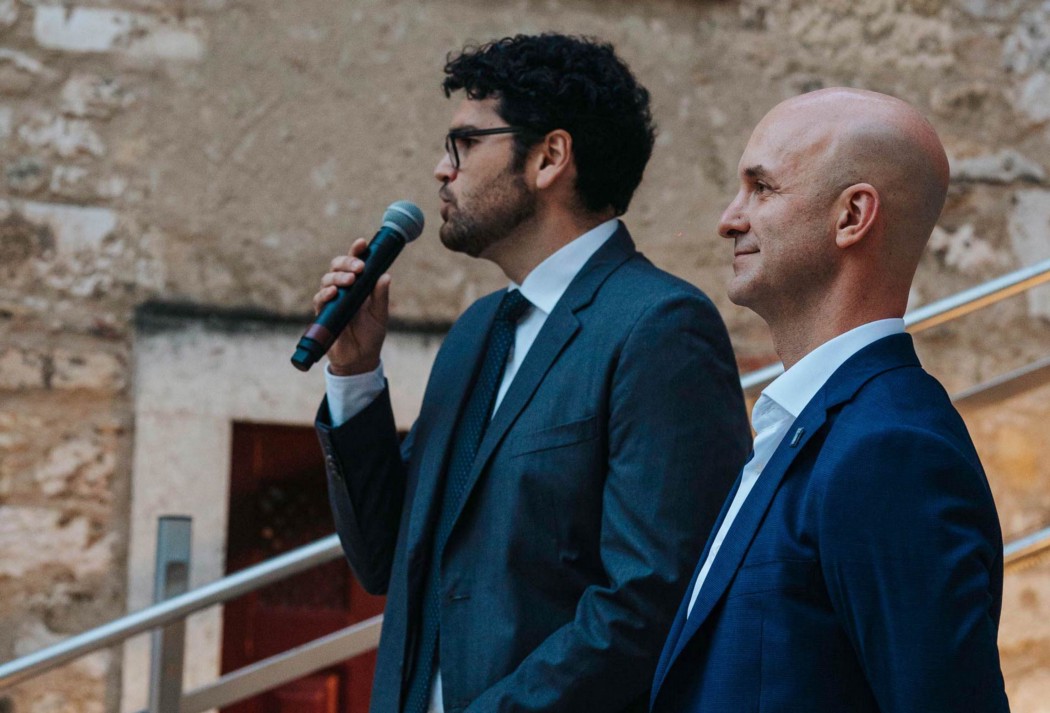
In June, the United Nations Oceans Conference held in Portugal, brought together authorities, academics, companies, and civil society organizations from several countries to debate commitments, investments, and multisectoral solutions aimed at ocean conservation. This effort seeks the achievement of the Sustainable Development Goals before 2030, including SDG 14, which contemplates the conservation and sustainable use of oceans, seas and marine resources, and SDG 2, for eradicating hunger.
At the Conference, IDH, Wholechain and other partners hosted a high-level dinner, the "Blueprint for the Future: Good Food for All,” which was attended by government representatives, business leaders, and technology providers who discussed the building of fully traceable and accountable blue food supply chains.
IDH and Wholechain presented a model for transforming food systems by sourcing deforestation-free soybeans that can be traced using blockchain technology at the jurisdictional level, which is a specific demand from seafood companies.
IDH is already developing a similar solution for the beef and leather supply chain and is now initiating the pilot phase for soy, which is produced on a large scale in Brazil and widely used in the production of feed and fish food in several countries.
"We operate in more than 50 countries and work closely with over 600 companies to transform food systems. But such a transformation cannot be achieved by a single actor, a single company, or a single organization. Therefore, I would like to invite companies and brands here to join us on this journey and create innovative and inclusive solutions for sustainable food, "said Guilherme Justo, IDH Landscape Markets Program Manager, during an event that brought together several guests from the private sector in Lisbon, accompanied by Mark Kaplan, co-founder of Wholechain, who spoke about the collaboration in the project.
IDH tackles climate change and inequality through public-private actions based on the SDGs, taking advantage of the power of markets to generate better jobs, better incomes, and a better environment for all.
An example of this action is the Strategy, under which we formalize a long-term, multi-stakeholder commitment (public, private and civil society) with goals focused on boosting sustainable agricultural production, promoting the conservation of natural resources, and supporting social inclusion and gender equity.
